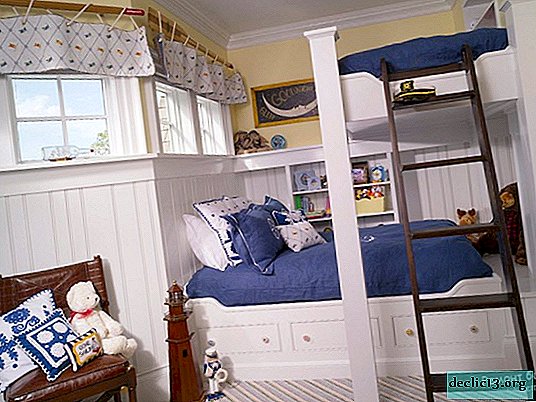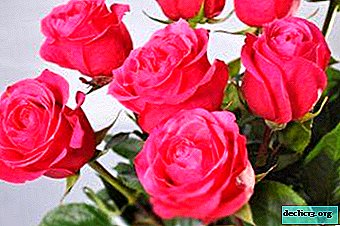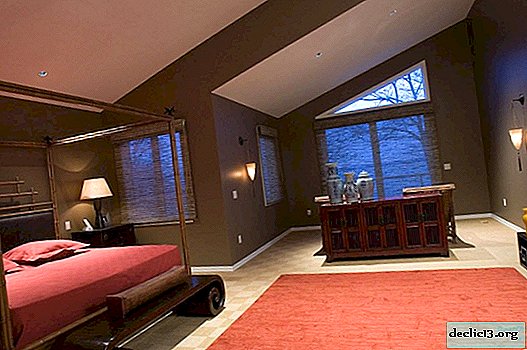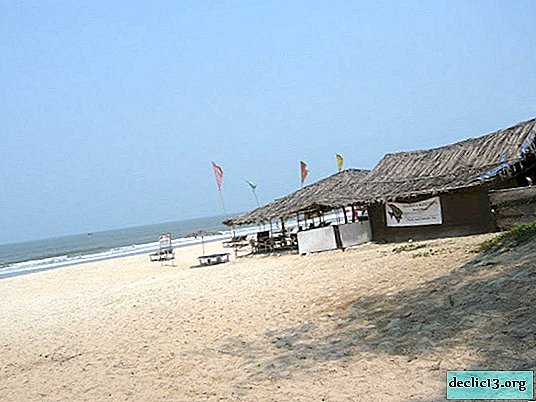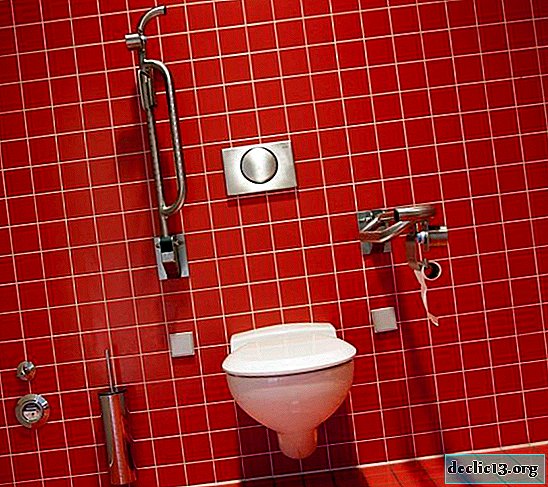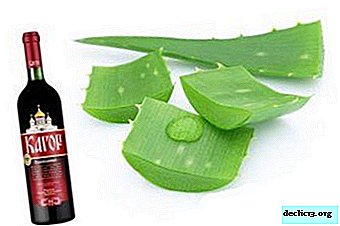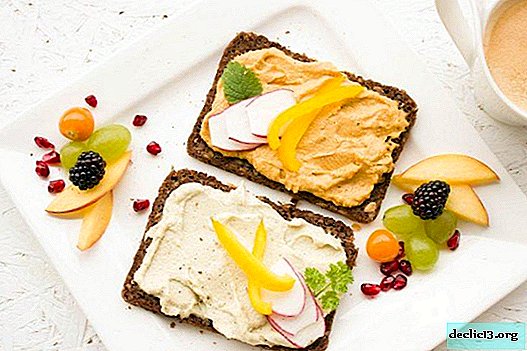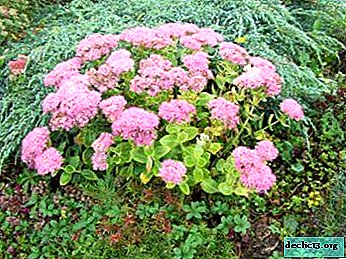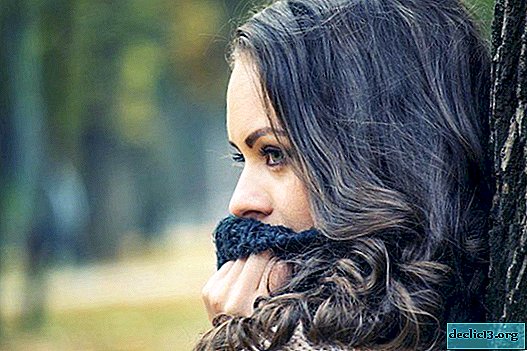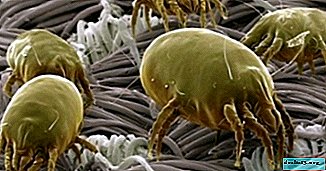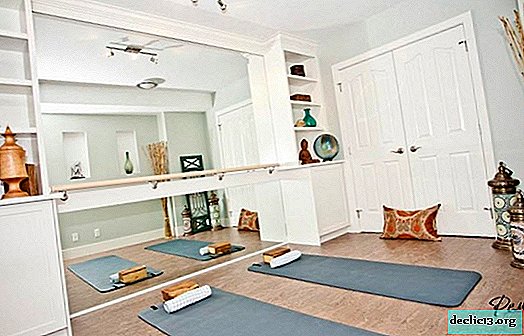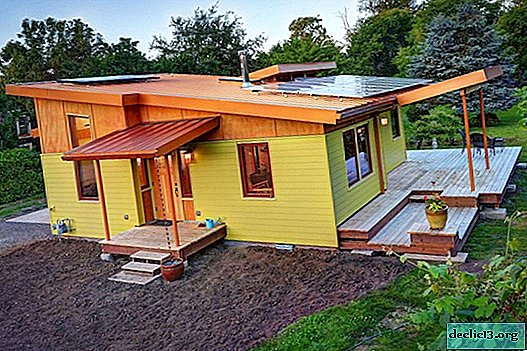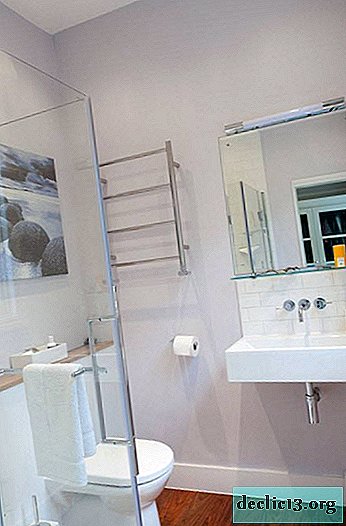Hosta: lush green carpet on the plot
Any household plot will take on a completely fabulous look if you decorate it with fresh green leaves of the hosta. This is a spectacular ornamental plant belonging to the rhizome.
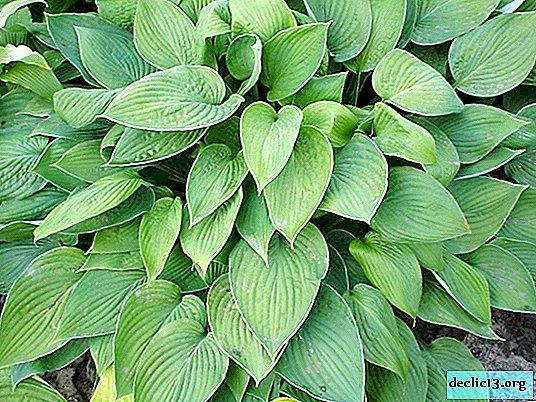

Depending on the variety, the main decoration of the hosta - the leaves - vary in shape, shade and pattern. The advantages of this plant include:
- aesthetic qualities;
- frost resistance;
- drought tolerance;
- unpretentiousness to the arrival of light;
- excellent compatibility with other plants.


These plants are herbaceous stemless species. Hosted group plantings take on a particularly attractive appearance. Single landings from hosts will also look spectacular in the form of border elements or on lawns.


Features and types of hosts
Hosta came to us from Japan, Korea and China. According to various sources, the flower has from 20 to 70 species. This plant can be found under the name function. In addition, it is also called plantain lily because of the external similarity with the mentioned plant.


Hosta leaves reach a length of up to 40 cm. The smallest of them grow only up to 5 cm. In addition, they differ in texture and shades.


Of primary importance is the host as a groundcover. One bush can grow and take up a whole square meter of space. Up the flower grows to 80 cm. If desired, you can find varieties that reach up to two meters. There are also small varieties not exceeding a height of 5 cm.


Hosta blooms with unusual flowers on high peduncles. Shades can be from white to lilac and pink. Hosta plantation looks especially impressive in the middle of summer during mass flowering.


The most popular varieties include:
- host white-fringed;
- host swollen;
- Aurea-Maculata;
- host high;
- hosta decorative;
- Host Hybrid
- small host;
- the host is ovoid;
- host plantain;
- Siebold and others.


White-hosted hosta usually grows medium-sized. Peduncles reach 30 cm in height. The leaves are broad-lanceolate dark green. Along the edge they are bordered by a white stripe. The loose inflorescence has a racemose shape with evenly spaced flowers.


Hosta Swollen was born in Northeast Korea. Its leaves are heart-shaped. They are short, pointed and painted dark green. The size of such leaves reaches up to 25 cm in diameter.


Large peduncles of this species grow up to 120 cm and do not have leaves on themselves. Such a host blooms with lilac drooping flowers. Among the varieties can be found other shades.


Aurea-Maculata variety has yellow-white or purple inflorescences. The leaves of this plant are specific - they are wavy. The heart-shaped form gives the variety a special charm. The color of the leaves is uneven, it combines shades of green and yellow.


From Japan, a host came to us high. This hosta species is characterized by long-leaved leaves. Elongated heart-shaped leaves have significant strength. Shiny dark green leaves are the decoration of the plant. Pale purple flowers appear on a leafless peduncle in summer.


Principles for Effective Host Care
An important issue for growing hosts will be the choice of soil. Despite the unpretentiousness of the plant, it must be taken into account that humus loam will be the most favorable environment for flower comfort.


Such a choice will provide the plant with sufficient moisture without accumulating water. This is important because the host does not like dampness and excess water.


To create the necessary conditions, it is possible to enrich the poor sod-podzolic soil with the help of humus and sand. It will be useful to use mineral fertilizers to stimulate the growth and development of the plant.


Seedlings can be purchased at many specialty stores. Usually it looks like a bare root, which is packed and sprinkled with peat. It is dangerous to acquire a plant in a pot, since the presence of a rhizome is almost impossible to verify.


Before planting, the acquired root must be cleaned of contaminants and inspected. Rotting places should be removed immediately. If the rhizomes are acquired in the middle of spring, then they can be planted in open ground. If at another time, you should arrange for storage of material.


When choosing a place for planting, it should be noted that in bright sun the hosts will not bloom so brightly, and the leaves will change their color to a dimmer one. It is better to provide the plant with a slight shadow so that during hot hours the plant does not suffer from overheating.

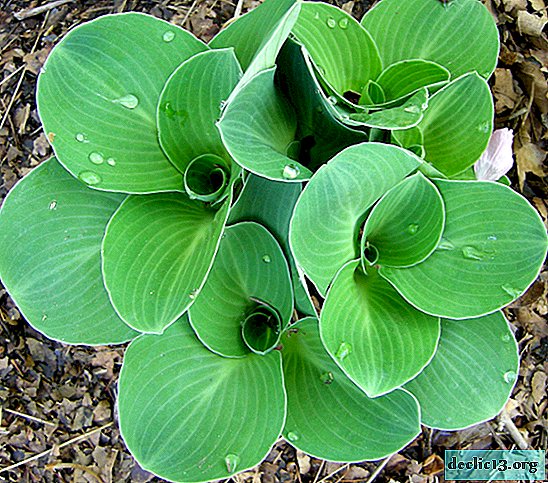
The brighter the leaves of the host, the more light it requires. Sunlight is especially important for plants with white bordering leaves. Varieties with yellow leaves in this regard are the most versatile and adapt to any conditions.


Blue hosts require the most shaded places. Only then will their leaves reveal all their beauty. For such varieties, just a couple of hours of sunshine per day is enough. It should be remembered that in dense shade the bushes grow more slowly.


Preparing for planting involves digging a hole to a depth of shovel length. Fertile soil and ammonium nitrate are added to this pit. It is also useful to add potassium sulfate and superphosphate.


It is better to take care of pebble drainage and water drains in advance. There should be no voids under the rhizome. From above, earth is poured on it and compacted. After this, the freshly planted host needs to be watered abundantly. It will be useful to mulch a young plant.


Among sworn enemies hosts all kinds of slugs and snails. Especially actively they attack the plant in wet weather. These pests eat the leaves of the plant, hopelessly spoiling its appearance.


Hosts do not like to be disturbed, and transplants can injure them. Nevertheless, the plantation should be planted at least once every 5 years. It is better to do this in the early spring or in the last days of summer.


Feeding is very useful for any plant. For hosta, a mullein infusion in a ratio of 1 to 10 with water is suitable as fertilizer. Ammonium nitrate, superphosphate and potassium sulfur can be added there.


The most suitable feeding schedule comes down to three times during the growing season. All these procedures, including mulching, must be carried out in moderation, since an excess of fertilizer causes burns to the plant, mulching can cause debate and rotting of the root.


The host garden can be used in many ways. Landscape designers love to use bushes as a groundcover. The plant looks spectacular and as a border along the paths in the garden.


You can also use hosts to border a pond, flowerbed, or lawn. Growing hosts in pots, you can use them to decorate balconies, terraces and patios.


The unusual combination of shiny hosta leaves with the leaves of other plants provides stunning combinations. Such a garden will always attract the attention of guests and cause their admiration.

